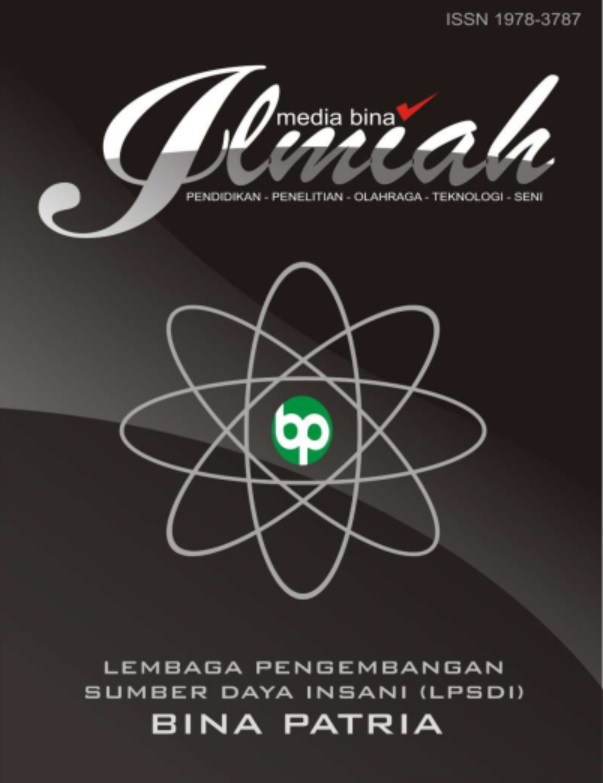REKAYASA NILAI STRUKTUR DINDING PENAHAN TANAH PADA PROYEK PENANGANAN LONGSORAN JALAN PESUT KECAMATAN TENGGARONG
Keywords:
Earned Value Method, cost performance, schedule performance, road project, project managementAbstract
The landslide mitigation project on Jalan Pesut, located in Tenggarong District, Kutai Kartanegara Regency, faces challenges in selecting an optimal technical solution that balances cost, quality, and structural functionality. This study aims to apply the Value Engineering method to evaluate alternative designs for the retaining wall structure, specifically comparing the Cantilever Retaining Wall and the Steel Sheet Pile (SSP) Wall. The research process was conducted systematically through stages of project and technical data collection, functional analysis, alternative design evaluation based on technical and cost criteria, and the formulation of recommendations.
The analysis results show that the use of the Steel Sheet Pile (SSP) offers significant advantages over the Cantilever Retaining Wall, particularly in terms of cost efficiency and construction speed. The proposed budget for the Steel Sheet Pile alternative amounted to Rp 10,502,645,743.75, achieving a cost saving of up to 52% compared to the initial design. Furthermore, the use of the Steel Sheet Pile still meets technical and functional requirements in accordance with SNI 8460:2017 regarding Geotechnical Design Requirements.
These findings indicate that the application of Value Engineering is highly effective in enhancing project efficiency without compromising the quality and safety of the structure. Therefore, it is recommended that this method be more widely applied to large-scale construction projects, especially those involving significant investment values and high technical risks.
References
Statistik BP. Statistik Pariwisata Indonesia 2022. Jakarta BPS. 2022;
Badan Standarisasi Nasional, 2017, SNI 8460:2017 Persyaratan Perancangan Geoteknik, Jakarta.
Zimmerman, P. E., & Hart, G. . (1982). Value Engineering a Practical Approach for Owners, Designers and Contractors. Van Nostrand Reinhold Company.
Joko Riyanto, (2023), Analisa Value Engineering Pada Pembangunan Rumah Sakit
Umum Daerah Sayang Ibu Balikpapan.
Levin Wibowo, (2017), Penerapan Value Engineering Pada Proyek Konstruksi
(Studi Kasus : Proyek Pembangunan Gedung Rumah Sakit Di Kota Sragen).
Emmi Noviyanti, (2021), Analisis Value Engineering Pada Proyek Perumahan
Pesona Griya Asri Di Kabupaten Kudus.
CV. Harsindo, (2023), Rencana Anggaran Biaya Penanganan Longsoran Jalan Pesut
Kecamatan Tenggarong.
Bowles, J. E. (1997). Foundation analysis and design (5th ed.). McGraw-Hill.
Budhu, M. (2011). Soil mechanics and foundations (3rd ed.). John Wiley & Sons.
Das, B. M. (2010). Principles of foundation engineering (7th ed.). Cengage Learning.
Das, B. M. (2015). Principles of geotechnical engineering (9th ed.). Cengage
Learning.
Dell'Isola, A. J. (1997). Value engineering: Practical applications for design,
construction, maintenance and operations. R.S. Means Company.
SAVE International. (2020). Value methodology standard. SAVE International.
Tomlinson, M. J., & Woodward, J. (2014). Pile design and construction practice (6th ed.). CRC Press.
Downloads
Published
Issue
Section
License
Copyright (c) 2025 Dimas Wahyu Novianto , Eswan Eswan, Hence Michael Wuaten

This work is licensed under a Creative Commons Attribution 4.0 International License.
















